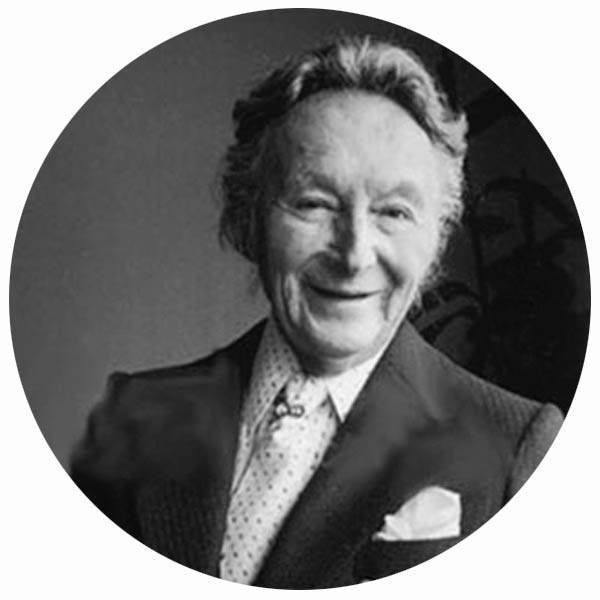
Erté was born Romain de Tirtoff in St. Petersburg, Russia in 1892. The only son of an admiral in the Imperial Fleet, he was raised amidst Russia’s social elite. At the age of five, he designed his first costume, influenced by his mother, who later inspired him in his images of “fatal and sinuous” women. He is fascinated by the Russian and Parisian fashion magazines of his mother. He moved to Paris at the age of eighteen and took the name Erté, from the French pronunciation of his initials, R and T.
The designs created by Erté during his long and illustrious life influenced not only the world of theatre, film and fashion, but an entire art movement as well. The genius of the artist is evidenced by an enormous body of work that is considered among the most influential and unique of the 20th century.
In 1915, he began an association with Harper’s Bazaar by designing covers of each of their magazines for the next 22 years. The influence of his work as a result of the high visibility of this periodical influenced an entire art movement that was to become known as “Art Deco”. Throughout this period, the artist also created original costume and fashion designs for many of the era’s most renowned screen actresses, including Joan Crawford, Lillian Gish, Marion Davies, Anna Pavlova, Norma Shearer and others. His creations for the stage included extravagent designs for productions at such venues as New York’s Radio City Music Hall, the Casino de Paris and the Paris Opera, as well as for the Folies-Bergères and George White’s Scandals.
Erté is perhaps best remembered for the gloriously extravagant costumes and stage sets that he designed for the Folies-Bergère in Paris and George White’s Scandals in New York, which exploit to the full his taste for the exotic and romantic, and his appreciation of the sinuous and lyrical human figure.
As well as the music-hall, Erté also designed for the opera and the traditional theatre, and spent a brief and not wholly satisfactory period in Hollywood in 1925, at the invitation of Louis B. Mayer, head of Metro-Goldwyn-Meyer.
After a period of relative obscurity in the 1940s and 1950s, Erté’s characteristic style found a new and enthusiastic market in the 1960s, and the artist responded to renewed demand by creating a series of colorful lithographic prints and sculpture.
Erté died on 21 April 1990 at age 97 in Paris.